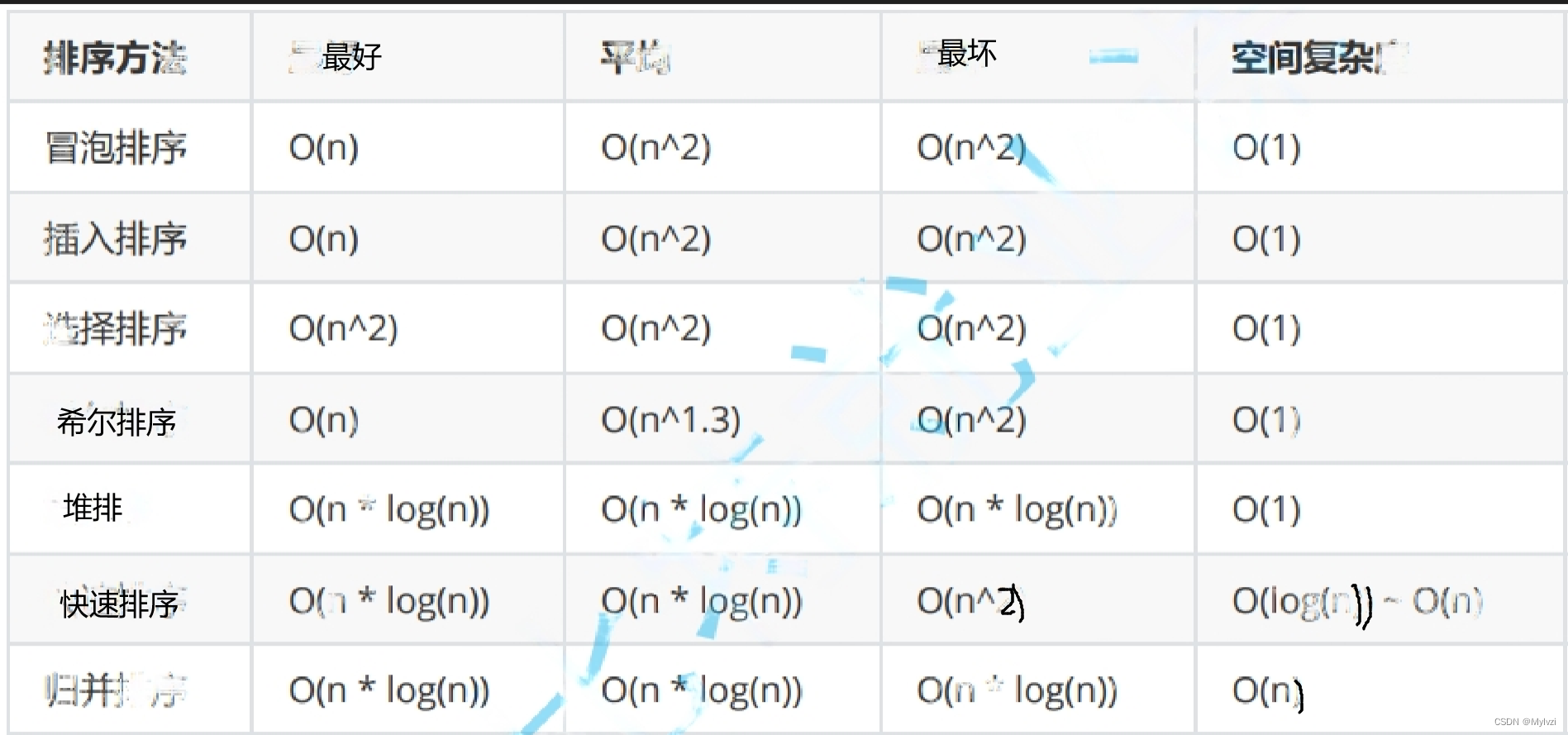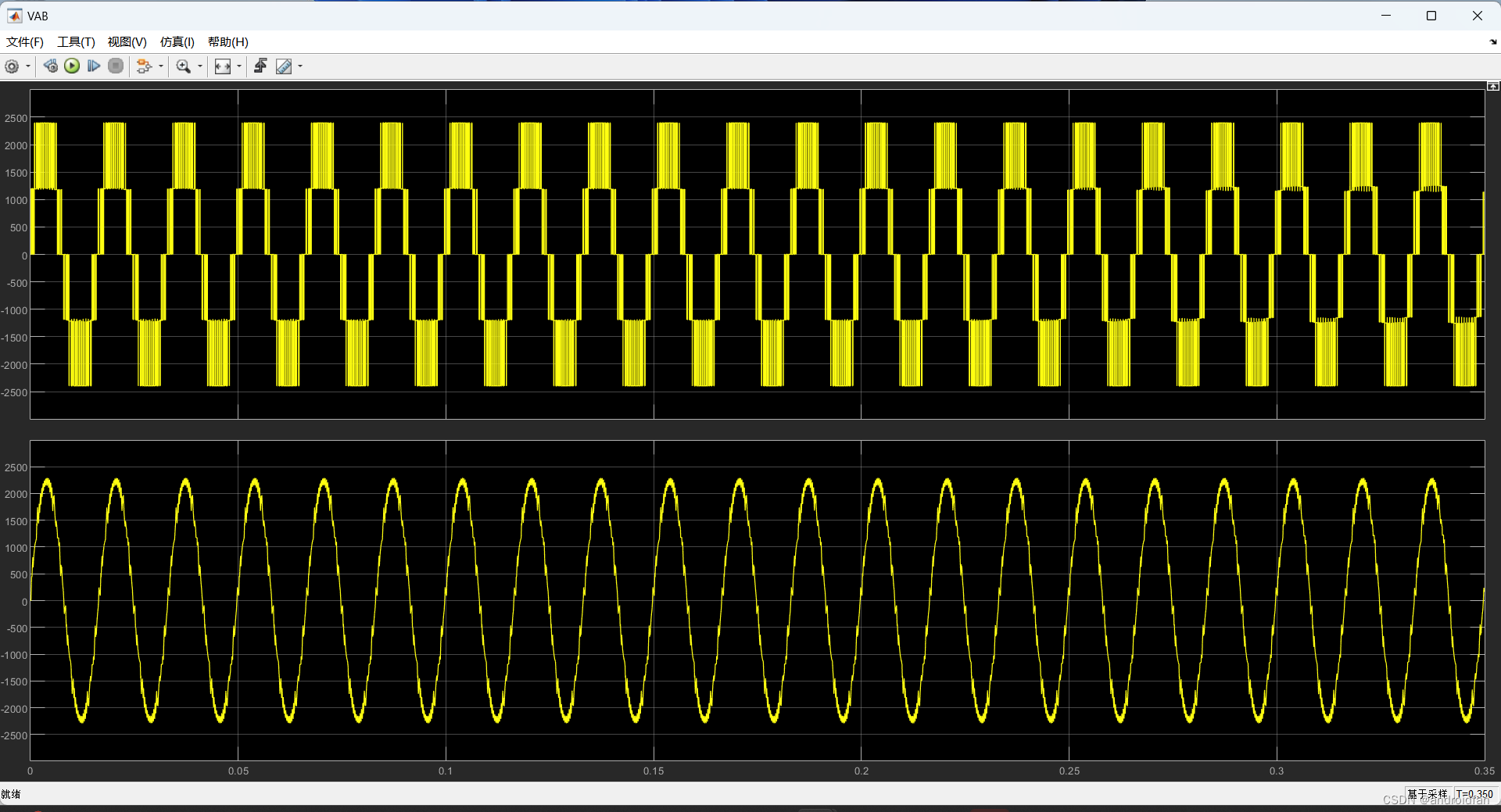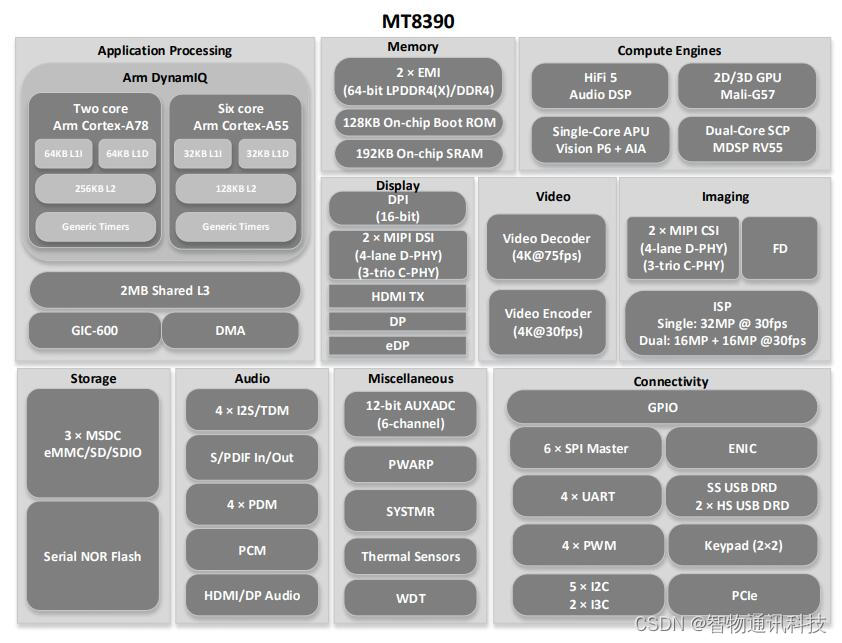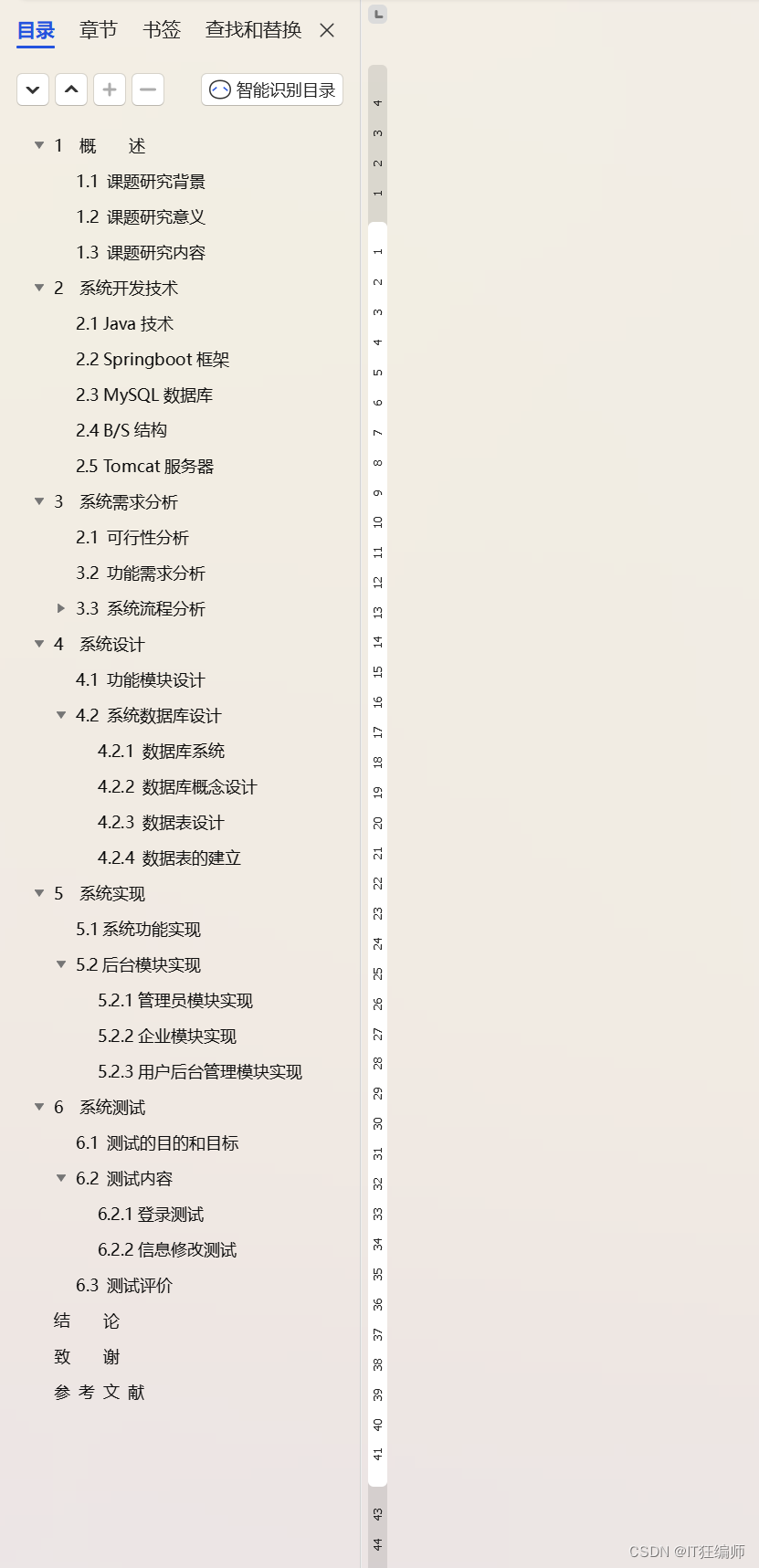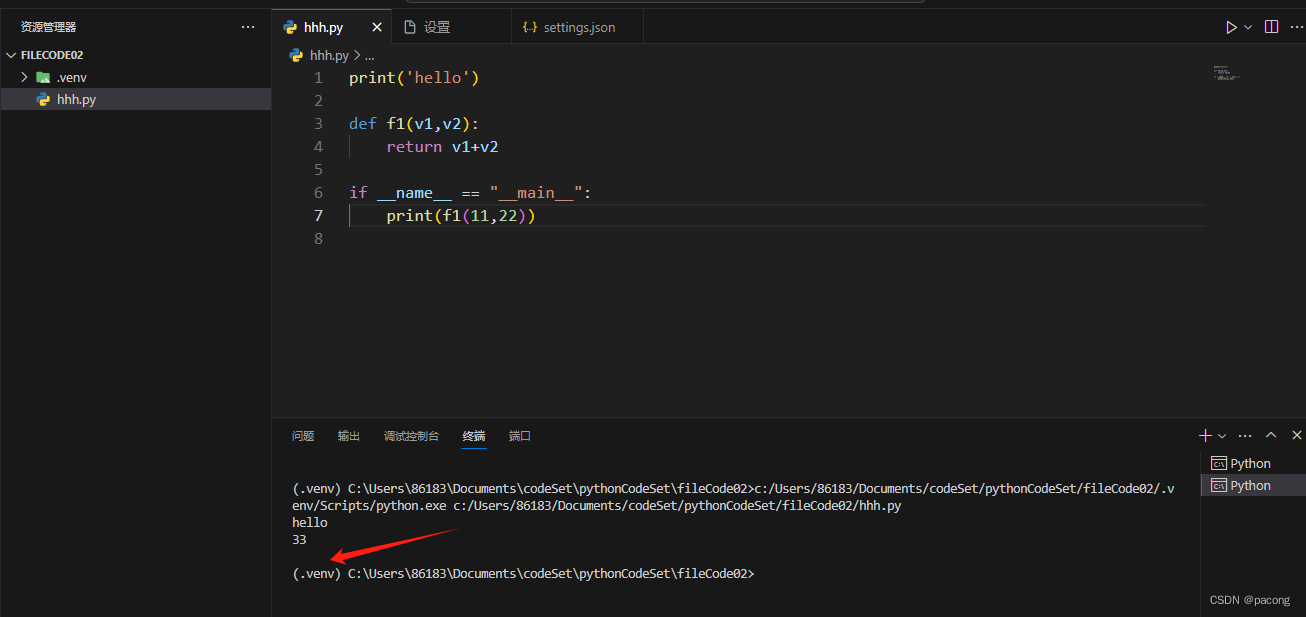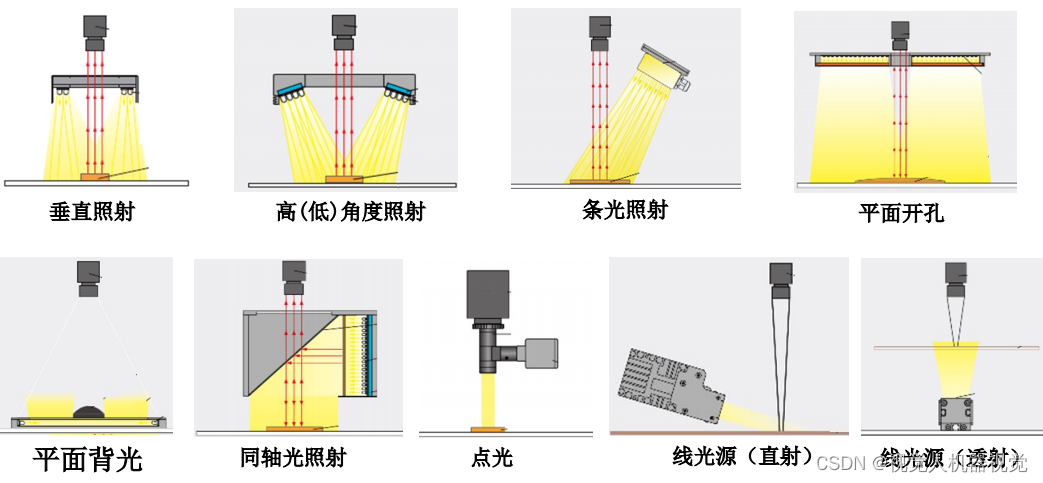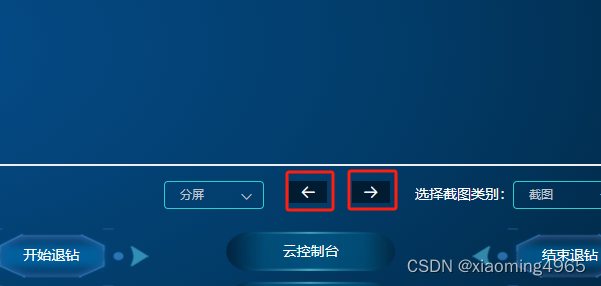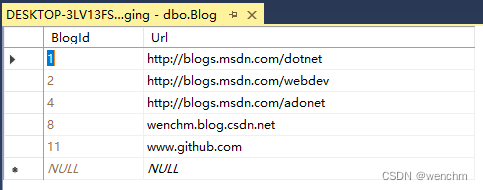作者前言
🎂 ✨✨✨✨✨✨🍧🍧🍧🍧🍧🍧🍧🎂
🎂 作者介绍: 🎂🎂
🎂 🎉🎉🎉🎉🎉🎉🎉 🎂
🎂作者id:老秦包你会, 🎂
简单介绍:🎂🎂🎂🎂🎂🎂🎂🎂🎂🎂🎂🎂🎂🎂🎂
喜欢学习C语言和python等编程语言,是一位爱分享的博主,有兴趣的小可爱可以来互讨 🎂🎂🎂🎂🎂🎂🎂🎂
🎂个人主页::小小页面🎂
🎂gitee页面:秦大大🎂
🎂🎂🎂🎂🎂🎂🎂🎂
🎂 一个爱分享的小博主 欢迎小可爱们前来借鉴🎂
栈
- **作者前言**
- 栈的概念和结构
- 栈的设计
- 栈的创建和初始化
- 栈的释放
- 入栈
- 出栈
- 栈顶
- 栈是否为空
- 栈的长度
- 第二种方法
- 总结
栈的概念和结构
栈:一种特殊的线性表,其只允许在固定的一端进行插入和删除元素操作。进行数据插入和删除的一端称为栈顶,另一端称为栈底栈里的元素遵循后进先出的原则
压栈:栈的插入操作叫做进栈/压栈/入栈,入数据在栈顶
出栈:栈的删除操作叫做出栈,出数据也在栈顶
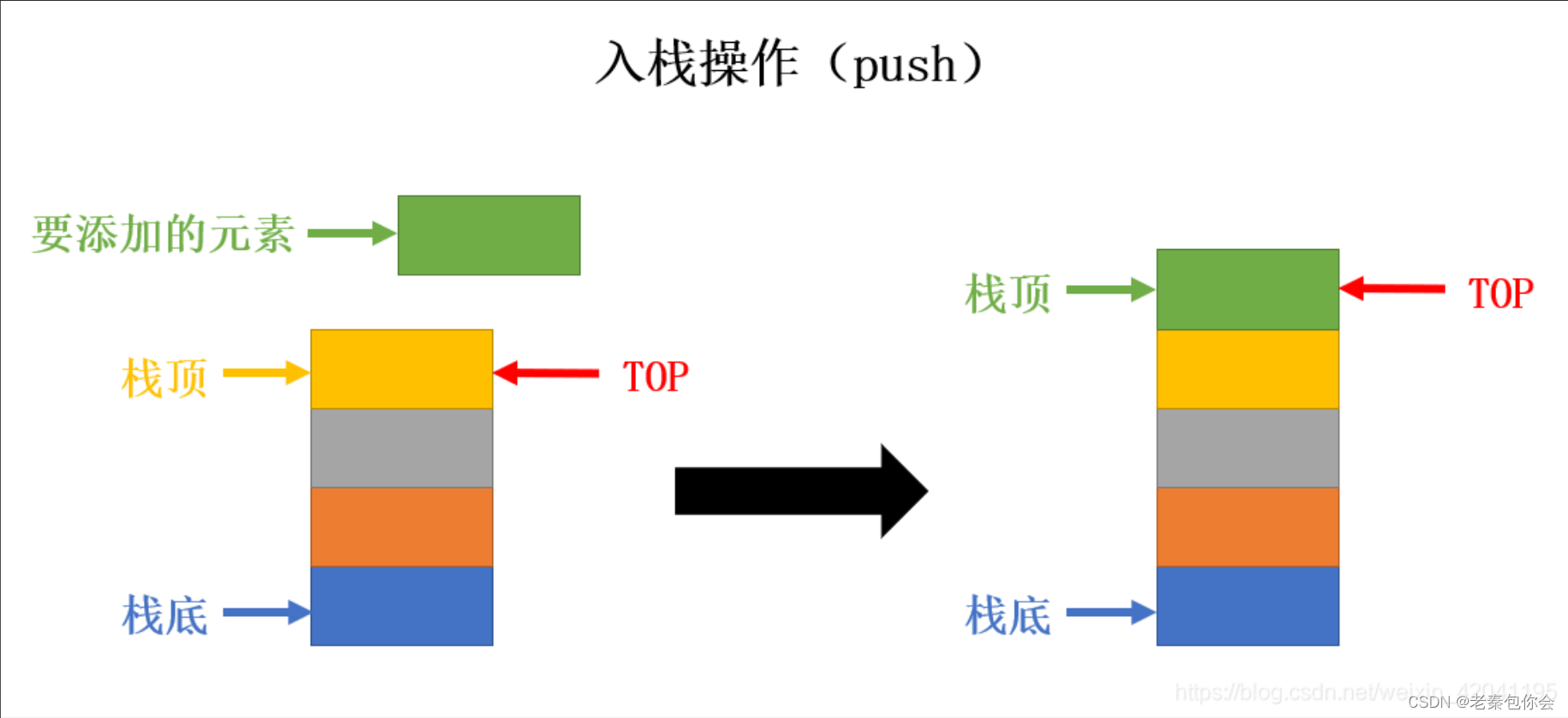
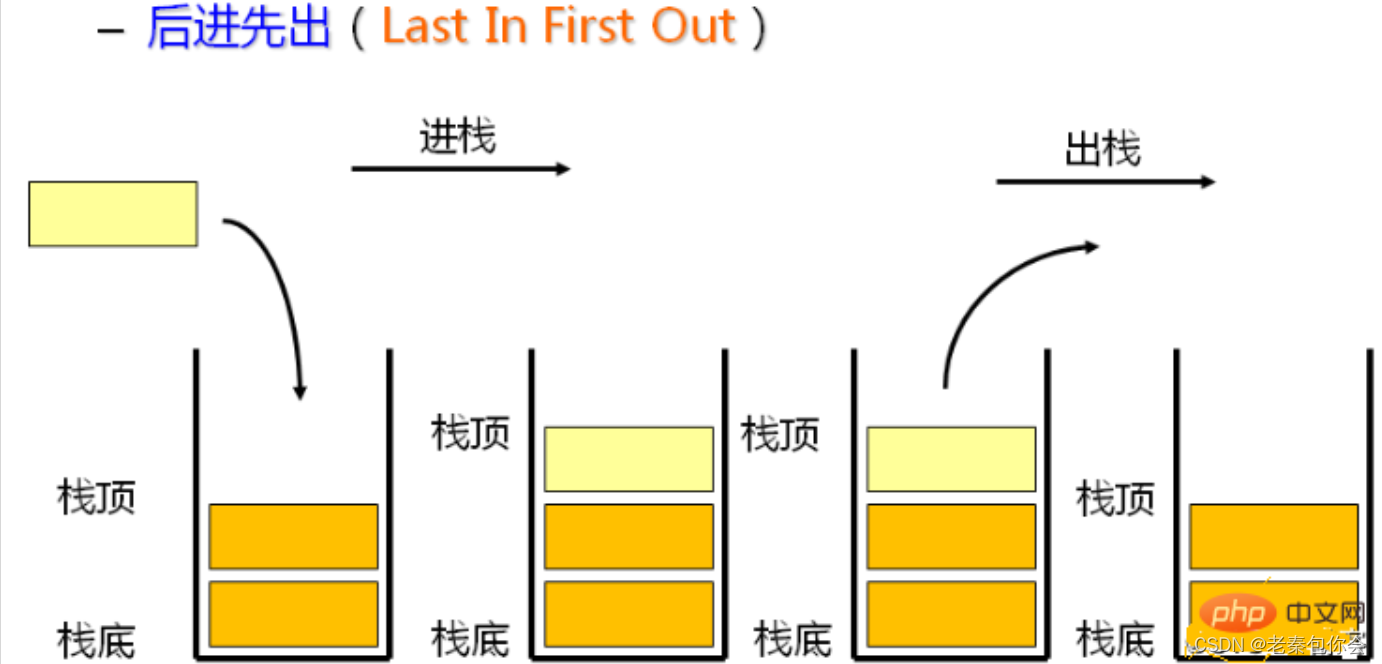
栈顶的位置是变化的,不是在某一个地方,栈顶是插入数据和删除数据的位置
如果我们要实现栈,有两种方法
- 数组栈
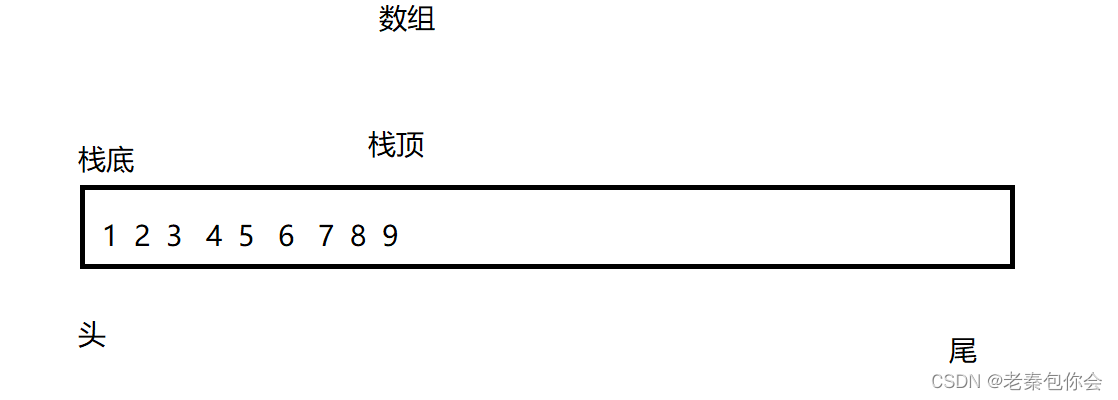
使用数组来当作栈,栈底和栈顶的位置没有任何规定,但是我们一般是使用尾部为栈顶,头部为栈底,这样就可以减少数据的移动,空间不够就扩容,
- 链式栈

栈顶和栈底的位置随意,哪边都可以,而我们使用链表一般都是单链表
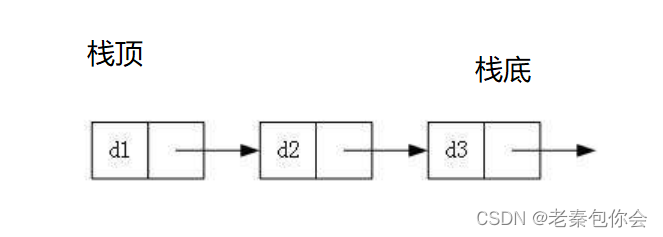
下面我就以数组栈来写一个栈
栈的设计
栈的创建和初始化
创建
typedef int TackDataType;
typedef struct SLtack
{
TackDataType* TData;
TackDataType Top;//标识栈顶位置
int Capacity;
}SLtack;
初始化
void TackInit(SLtack* pst)
{
assert(pst);
pst->TData = NULL;
pst->Top = 0;//栈顶元素的下一个
pst->Capacity = 0;
}
这里的top的初始化有两种:
1.top 表示的是栈顶元素,我们要初始化为-1,
2.top表示栈顶元素的下一个 我们要初始化为0
原因:
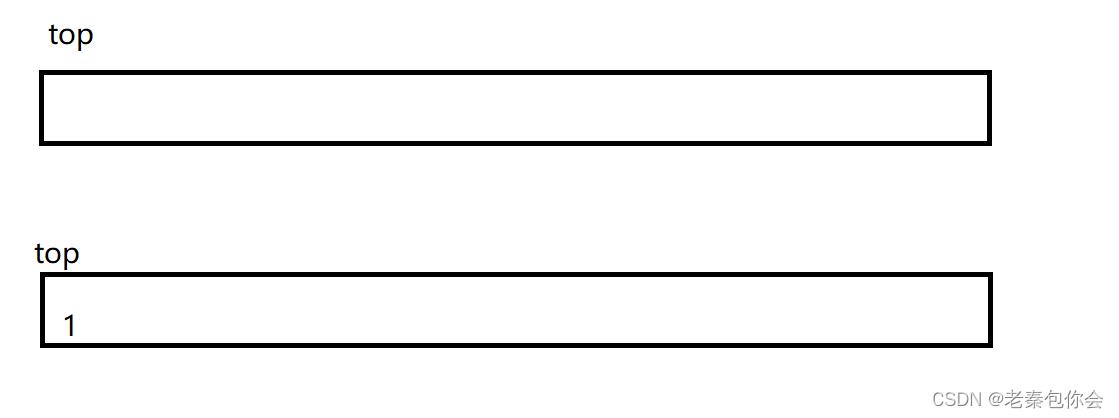
假设我们初始化为0 且top是表示栈顶元素,就像上面这种情况,我们无法判断top为0时,栈是否还有元素,当我们表示top表示栈顶元素的下一个,top为0,栈就没有元素,或者我们top初始化为-1,top为栈顶元素,即使top为0,那栈还是有元素的
栈的释放
//释放
void TackDestroy(SLtack* pst)
{
assert(pst);
free(pst->TData);
pst->TData = NULL;
pst->Top = 0;
pst->Capacity = 0;
}
入栈
void TackcapacityAdd(SLtack* pst)
{
assert(pst);
//扩容
pst->Capacity = (pst->Capacity == 0 ? 4 : pst->Capacity * 2);
TackDataType* tmp = realloc(pst->TData, sizeof(TackDataType) * pst->Capacity);
if (tmp == NULL)
{
perror("realloc");
return;
}
pst->TData = tmp;
}
//插入数据
void TackPushData(SLtack* pst, TackDataType elemest)
{
assert(pst);
//判断容量
if (pst->Capacity == pst->Top)
{
TackcapacityAdd(pst);
printf("扩容成功\n");
}
assert(pst->Capacity != pst->Top);
pst->TData[pst->Top] = elemest;
pst->Top++;
}
出栈
//删除数据
void TackPopData(SLtack* pst)
{
assert(pst);
if(pst->Top)
pst->Top--;
}
栈顶
//找出栈顶
TackDataType* TackTop(SLtack* pst)
{
assert(pst);
return pst->TData + (pst->Top - 1);
}
栈是否为空
//判断栈是否为空
bool Empty(SLtack* pst)
{
assert(pst);
return pst->Top == 0;
}
栈的长度
//栈的长度
int TackSize(SLtack* pst)
{
assert(pst);
return pst->Top;
}
第二种方法
这种是把top初始化为-1
typedef char TackDataType;
typedef struct Stack
{
TackDataType * a;
int top; //栈顶元素
int capacity;
}Stack;
//初始化
void TackInit(Stack *pst)
{
assert(pst);
pst->a = NULL;
pst->top = -1;
pst->capacity = 0;
}
// 入栈
void TackPush(Stack *pst, TackDataType elemest)
{
assert(pst);
//判断是否满了
if ((pst->top) +1 == pst->capacity)
{
pst->capacity = (pst->capacity == 0? 4 : pst->capacity * 2);
TackDataType* tmp = (TackDataType*)realloc(pst->a,sizeof(Stack) * pst->capacity);
if (tmp == NULL)
{
perror("realloc");
return;
}
pst->a = tmp;
}
pst->a[++(pst->top)] = elemest;
}
//出栈
void TackPop(Stack *pst)
{
assert(pst);
if(pst->top != -1)
pst->top--;
}
//长度
int TackSize(Stack *pst)
{
assert(pst);
return (pst->top) + 1;
}
//是否为空
bool TackEmpty(Stack *pst)
{
assert(pst);
return pst->top == -1;
}
//栈顶元素
TackDataType TackTop(Stack *pst)
{
assert(pst);
return pst->a[pst->top];
}
//释放
void TackDestroy(Stack *pst)
{
free(pst->a);
pst->a = NULL;
pst->top = -1;
pst ->capacity = 0;
}
总结
栈的简单设计就到这里了,如果想要设置链式栈可以动手自己设计,后续会更新相关的代码
